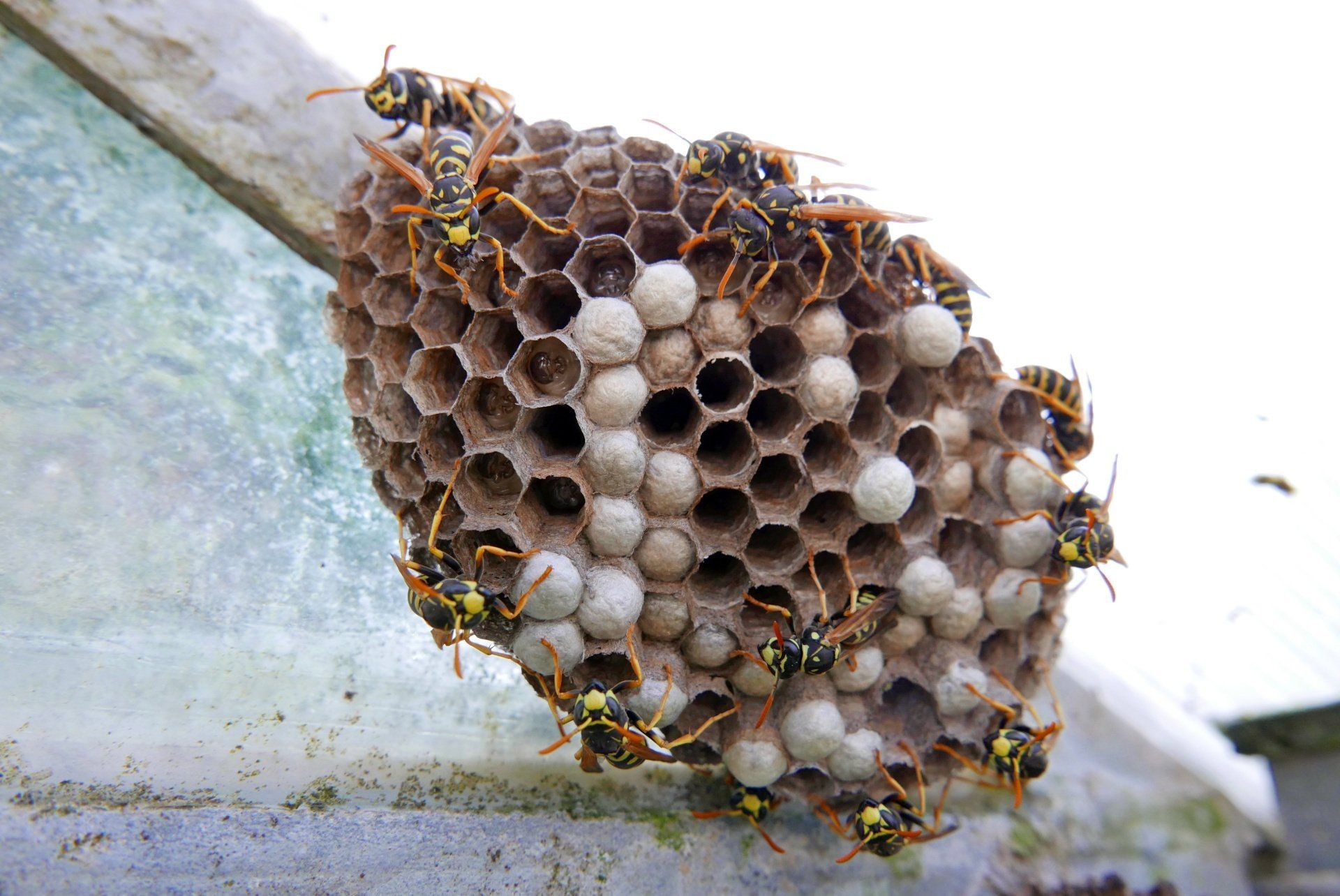Understanding the lifespan of wasps is crucial, especially when dealing with these stinging insects around your home. A key factor influencing their survival is access to food. So, How Long Do Wasps Live Without Food? The answer depends on several factors, including species, age, and environmental conditions.
Wasp Lifespan Overview: A Matter of Species and Role
The lifespan of a wasp varies significantly depending on its species and its role within the colony. Worker wasps, which make up the majority of the colony, typically live for just 12 to 22 days. The queen, on the other hand, has a much longer lifespan, surviving for up to a year to ensure the colony’s survival. Considering the entire life cycle, from egg to adult, a wasp can take between 40 to 60 days to develop, depending on environmental factors.
Factors Affecting Wasp Survival Without Food
Several factors influence how long a wasp can survive without food:
- Metabolism: Wasps have a high metabolism and require a constant supply of energy. This high metabolic rate means they deplete their energy reserves quickly when food is scarce.
- Age: Younger wasps may have slightly better reserves than older ones, but overall, age isn’t a major factor in starvation survival.
- Environmental Conditions: Temperature plays a crucial role. In colder temperatures, wasps’ metabolism slows down, potentially allowing them to survive slightly longer without food. However, extreme cold can also be fatal.
- Species: Different wasp species have different energy requirements and storage capacities. Some species may be more resilient than others when facing starvation.
The Wasp Life Cycle: A Detailed Breakdown
To better understand the vulnerability of wasps to starvation, let’s delve into their life cycle:
Queen
The queen is the foundation of the wasp colony. She emerges in the spring after overwintering, seeks out a suitable nest site, and begins laying eggs. These eggs hatch quickly, typically within 5 to 8 days.
Larvae
Wasp larvae are entirely dependent on worker wasps for food. They are fed protein-rich insects, which fuel their development. The larvae then pupate inside a silk-lined cell.
Pupa
During the pupal stage, the wasp develops its adult features, including its exoskeleton, wings, and coloration. This process takes approximately 8 to 18 days.
Mature Adult
Adult worker wasps emerge from their cells and begin their tasks, including nurturing larvae, collecting food and water, and building the nest. Adult wasps rely on a symbiotic relationship with the larvae, feeding them insects and receiving a nutritious “soup” in return.
How Long Can Wasps Survive Without Food? The Critical 72-Hour Window
Generally, wasps can survive without food for approximately 72 hours (3 days). Their high metabolism demands a constant intake of energy, and without it, they quickly succumb to starvation. This timeframe is crucial for pest control strategies, as disrupting their food supply can significantly impact their survival.
Threats to Wasp Lifespan: Beyond Starvation
While starvation is a major threat, wasps face other dangers that can shorten their lifespan:
- Predators: Wasps are preyed upon by various insects, birds, lizards, and even larger animals like badgers.
- Temperature Extremes: Both extreme cold and extreme heat can be fatal to wasps.
- Loss of Queen: If the queen dies, the colony’s ability to sustain itself is compromised, leading to its eventual collapse.
Wasp Life Cycle and Nest Dynamics
The life cycle of a wasp nest is typically annual in temperate climates.
Spring
In spring, the queen emerges and establishes a new colony. She builds a nest and lays the first eggs, initially working alone.
Summer
The nest grows rapidly as the worker wasps emerge and assist in nest building and food collection. A healthy nest can contain thousands of wasps.
Fall
Egg production slows down, and wasps focus on foraging for themselves. The queen lays eggs that will develop into fertile males and females.
Winter
In cold climates, the colony dies off, leaving only the fertilized females to hibernate. In warmer climates, wasp activity may continue year-round.
Wasp Control: Protecting Your Property
While wasp colonies often decline naturally, having a nest near your home can be dangerous. Consider scheduling a wasp inspection with a pest management professional to ensure your property is safe.
Wasp Survival FAQs
- How long do wasps live indoors? Wasps trapped indoors without food or water typically survive for 3-4 days.
- At what temperature do wasps die? Wasps lose the ability to fly below 50°F, making it difficult to find food. Freezing temperatures are often fatal. Conversely, sustained temperatures above 105°F can also kill wasps.
By understanding the factors that influence wasp lifespan, particularly their reliance on a constant food source, you can better manage these insects and protect your home and family.
